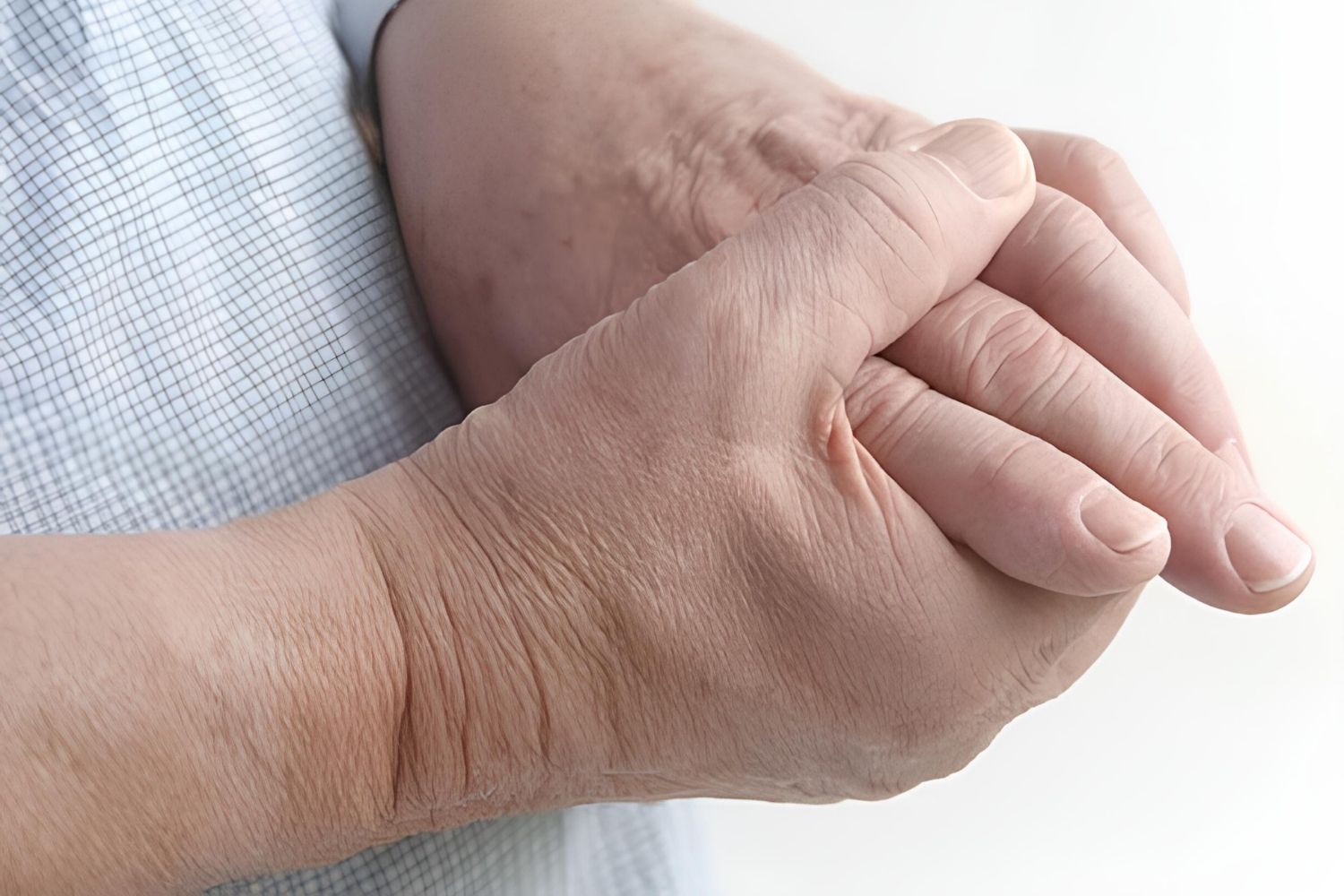
Leri Pleonosteosis is a rare genetic disorder that affects the bones and joints. Characterized by joint stiffness, short stature, and distinctive facial features, this condition can significantly impact daily life. Named after French physician André Leri, who first described it in 1921, Leri Pleonosteosis remains relatively unknown to many. Symptoms often include limited joint movement, broad thumbs, and a prominent forehead. Diagnosis typically involves clinical evaluation and genetic testing. Treatment focuses on managing symptoms through physical therapy and, in some cases, surgery. Understanding this condition can help those affected lead more comfortable lives. Here are 25 facts about Leri Pleonosteosis to shed light on this rare disorder.
Key Takeaways:
- Leri Pleonosteosis is a rare genetic disorder that affects bone growth, leading to short stature, joint pain, and physical abnormalities. Early diagnosis and multidisciplinary treatment can improve quality of life.
- Living with Leri Pleonosteosis requires ongoing medical care, support from support groups, regular monitoring, and the use of adaptive devices to assist with daily activities. Raising awareness about the condition is crucial for better understanding and support.
What is Leri Pleonosteosis?
Leri Pleonosteosis, also known as Leri-Weill dyschondrosteosis, is a rare genetic disorder. It primarily affects bone growth and development. This condition can lead to various physical abnormalities and health issues. Here are some intriguing facts about Leri Pleonosteosis.
-
Genetic Origin: Leri Pleonosteosis is caused by mutations in the SHOX gene. This gene plays a crucial role in bone development.
-
Inheritance Pattern: The disorder follows an autosomal dominant inheritance pattern. This means only one copy of the mutated gene is needed to cause the condition.
-
Short Stature: Individuals with Leri Pleonosteosis often have short stature. This is due to the abnormal growth of long bones.
-
Madelung Deformity: A common feature is Madelung deformity. This involves the abnormal development of the wrist and forearm bones.
-
Bowing of Limbs: Bowing of the forearms and lower legs is frequently observed. This can lead to functional limitations.
-
Joint Pain: Many individuals experience joint pain. This is often due to the abnormal bone structure.
-
Limited Range of Motion: The condition can cause a limited range of motion in affected joints. This can impact daily activities.
-
Early Diagnosis: Early diagnosis is crucial for managing symptoms. Genetic testing can confirm the presence of the SHOX gene mutation.
Symptoms and Physical Characteristics
Leri Pleonosteosis manifests through various physical symptoms. These can vary in severity among individuals. Understanding these characteristics can help in early detection and management.
-
Facial Features: Some individuals may have distinct facial features. These can include a broad forehead and a flat nasal bridge.
-
Spinal Abnormalities: Spinal abnormalities such as scoliosis or kyphosis can occur. These conditions involve curvature of the spine.
-
Hand Abnormalities: The hands may show abnormalities like short fingers or a broad thumb. This can affect grip and dexterity.
-
Foot Abnormalities: Foot abnormalities, including flat feet or clubfoot, are possible. These can impact walking and balance.
-
Muscle Weakness: Muscle weakness is a common symptom. This can lead to difficulties in physical activities.
-
Delayed Puberty: Some individuals may experience delayed puberty. This is due to hormonal imbalances caused by the disorder.
-
Hearing Loss: Hearing loss can occur in some cases. This is due to abnormalities in the bones of the middle ear.
Diagnosis and Treatment
Diagnosing and treating Leri Pleonosteosis involves a multidisciplinary approach. Early intervention can improve quality of life for affected individuals.
-
Genetic Testing: Genetic testing is the primary method for diagnosing Leri Pleonosteosis. It identifies mutations in the SHOX gene.
-
X-rays: X-rays can reveal characteristic bone abnormalities. These images help in assessing the severity of the condition.
-
Physical Therapy: Physical therapy can help manage symptoms. It focuses on improving mobility and strength.
-
Orthopedic Surgery: In severe cases, orthopedic surgery may be necessary. This can correct bone deformities and improve function.
-
Pain Management: Pain management strategies are important. These can include medications and physical therapy.
-
Hormone Therapy: Hormone therapy may be used to address growth issues. This can help in achieving a more typical height.
Living with Leri Pleonosteosis
Living with Leri Pleonosteosis requires ongoing medical care and support. Understanding the condition can help individuals lead fulfilling lives.
-
Support Groups: Support groups can provide emotional support. Connecting with others facing similar challenges can be beneficial.
-
Regular Monitoring: Regular medical check-ups are essential. This helps in managing symptoms and preventing complications.
-
Adaptive Devices: Adaptive devices can assist with daily activities. These include braces, orthotics, and mobility aids.
-
Education and Awareness: Raising awareness about Leri Pleonosteosis is important. This can lead to better understanding and support for affected individuals.
Final Thoughts on Leri Pleonosteosis
Leri Pleonosteosis, a rare genetic disorder, affects connective tissues, leading to joint stiffness and skin thickening. Understanding its symptoms and causes helps in early diagnosis and better management. Genetic mutations, particularly in the FLNB gene, play a significant role. While there's no cure, treatments focus on symptom relief and improving quality of life. Physical therapy, medications, and sometimes surgery are common approaches. Raising awareness about this condition can lead to better support and resources for those affected. If you or someone you know shows signs of Leri Pleonosteosis, consulting a healthcare professional is crucial. Early intervention can make a significant difference. Stay informed, and don't hesitate to seek help when needed.
Frequently Asked Questions
Was this page helpful?
Our commitment to delivering trustworthy and engaging content is at the heart of what we do. Each fact on our site is contributed by real users like you, bringing a wealth of diverse insights and information. To ensure the highest standards of accuracy and reliability, our dedicated editors meticulously review each submission. This process guarantees that the facts we share are not only fascinating but also credible. Trust in our commitment to quality and authenticity as you explore and learn with us.
